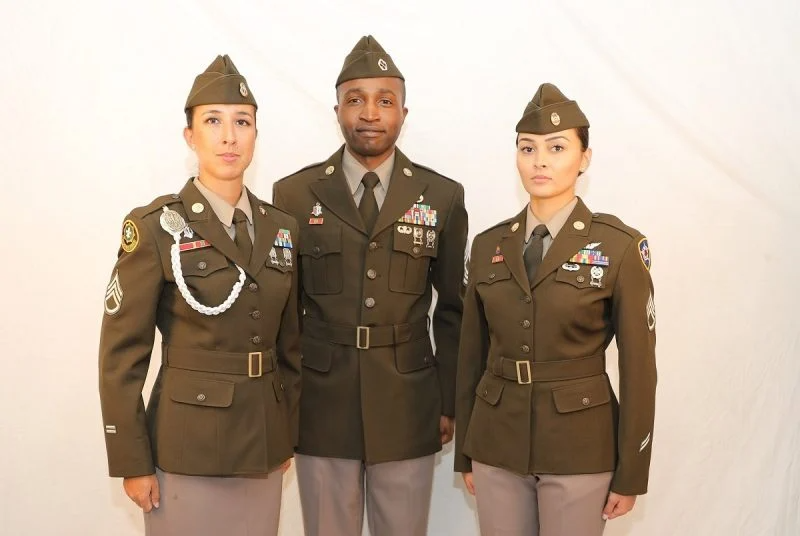The US Army uniform is getting a ‘glow-up’ it has been confirmed, with the new duds looking rather like the old WWII ‘pinks and greens’, but with a modern flavour.
The Army has made no secret of the fact that the new issue uniform is based on what gramps was wearing back in ’45 and expects it to be standard issue to all new soldiers enrolled in 2021.
US Army Product Manager, Lt. Col. Jonathan Allen, said the new uniform was a response to the fact that the current options available to the military were not suited for ‘everyday business environments’, and that the army was keen to set, ‘a more appropriate standard for professionalism in an office setting.’
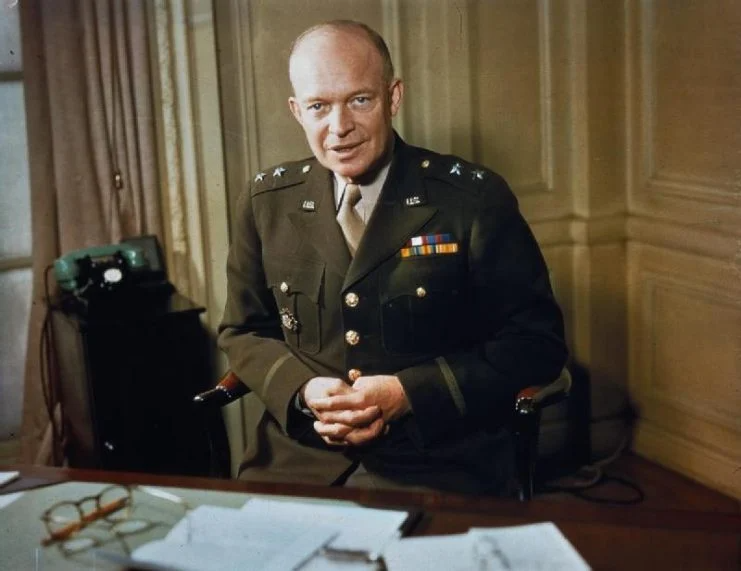
Beginning in January 2021, soldiers completing basic training will receive the new pinkish-brown trousers and olive-green jackets. Before then the new look will be rolled out to recruiters and drill sergeants in October this year.
It is being sold as a cost-neutral change which will have no impact on US taxpayers and will not hit enlisted soldiers in the pocketbook either.
850 of the new service green uniforms have been distributed to senior leadership, the Army Band and others for their comments on the new style/old style uniform.
Sergeant Major Daniel Dailey told reporters that the US Army had been cautioned against referring to their new dress uniforms as ‘pinks and greens’. ‘We’re calling them Army Greens,’ he said, ‘pinks and greens is a World War II nickname.’
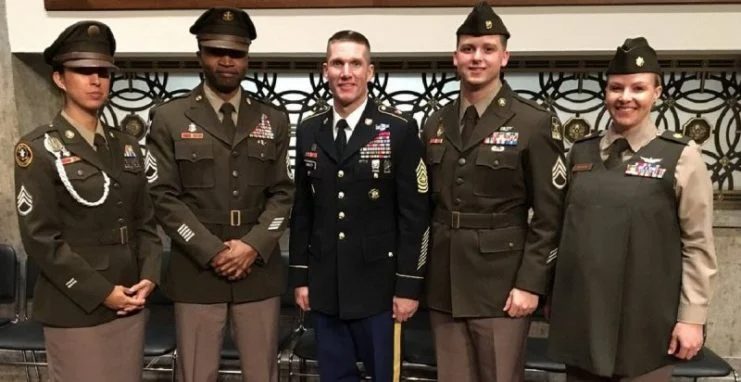
The new Army Greens are expected to be adopted by all 1.1 Million soldiers within the next eight years, which might seem like a long time, but to get from recruiters to the National Guard and Army Reserve Dailey said would take time.
‘We also have to give soldiers time,’ said Dailey, ‘to receive that money in their clothing allowances so they can pay for that uniform prior to it being required.’
In the meantime, the Army Service Uniform, the blue ASU the new Army Greens will replace will be retained as a traditional dress uniform.
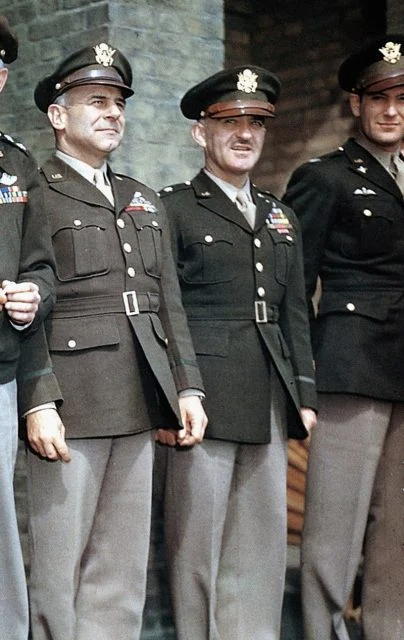
The famous forebear, the ‘pinks and greens’ uniform was brought in in the 1920s and included a Sam Browne belt up until 1942.
In 1944 a field jacket was introduced, which was adopted by Dwight Eisenhower and nicknamed the Ike jacket as a result. A new version of the Ike jacket is also being considered by the Army, along with an option for a leather flying jacket.
At the end of WWII, the US Army was eight million strong and a source of immense pride for a nation emerging as a global power. Sadly, ten years after the end of the war there was a huge surplus of the uniforms as the Army slimmed down.
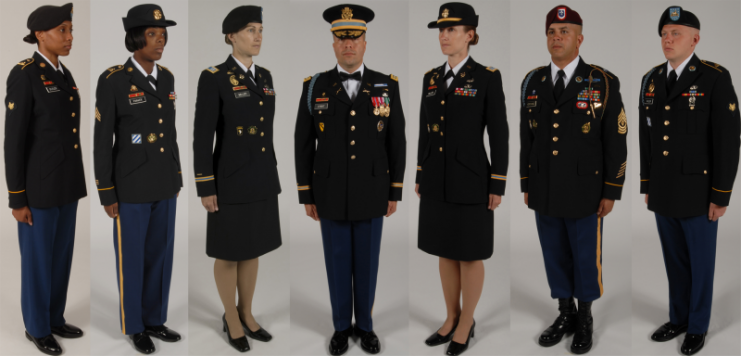
The change from the ‘pinks and greens’ to the dress green service uniform came quickly when in 1958 it was ‘deauthorised’ for US Army officers and the National Guard in 1959. Part of the reason for the change was that the uniforms were being used as cheap work clothes for labourers and agricultural workers.
In some states surplus uniforms were even being used to clothe prison inmates, driving the need for change.
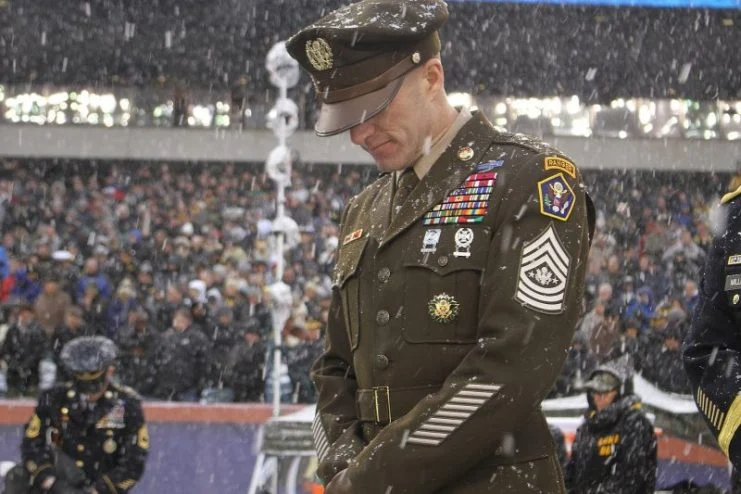
However, seven decades on from WWII the abiding memory of the ‘pinks and greens’ remains one of pride, and the new uniform has received a warm welcome throughout the service, with many commentators welcoming the return of a classic.
Whatever Sergeant Major Dailey says the new ‘glow-up’ will invite comparisons with the famous WWII uniform, taking the Army back to when its status back home in the USA was riding as high as it ever has.
Lost WWII Submarine HMS P311 Found With 71 Bodies On Board
That the new iteration of the uniform could possibly capture some of the pride of 1945 is undoubtedly a target within Army sights.
